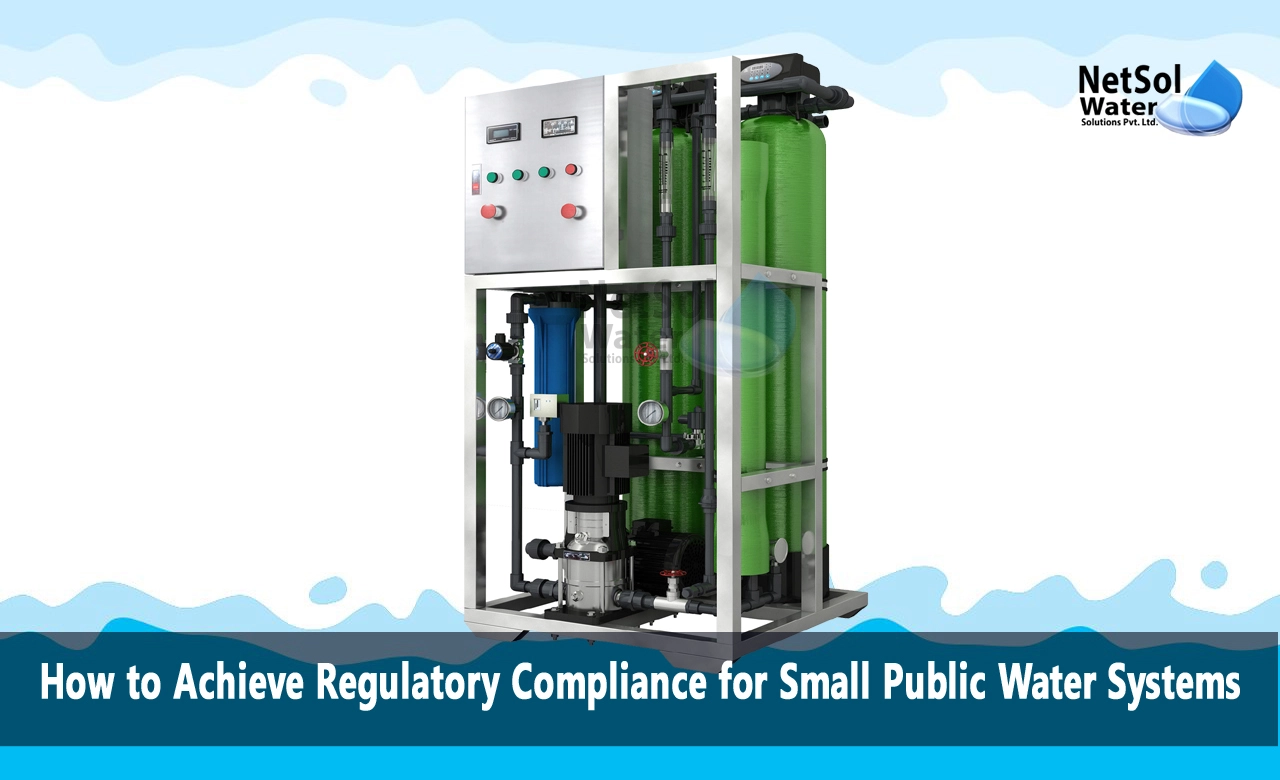How to Achieve Regulatory Compliance for Small Public Water Systems?
Small public water systems face unique challenges when it comes to achieving regulatory compliance. Unlike large municipal water utilities, small systems often lack the financial and personnel resources to implement complex treatment solutions. However, with careful planning and utilization of available assistance programs, even the smallest public water system can meet strict drinking water standards. We will examine strategies for small system compliance, including consolidation, treatment optimization, and accessing funding.
The Importance of Compliance
While regulatory compliance can seem burdensome, drinking water standards exist to protect public health. Contaminants like bacteria, nitrates, arsenic and lead can have severe health consequences if consumed over time. Outbreaks of waterborne illness from non-compliant systems underscore the importance of meeting legal standards. For small communities, ensuring safe drinking water builds trust with ratepayers and enables secure revenue streams into the future.
Top Compliance Challenges
Small water systems face distinct difficulties when working towards compliance. These include:
1- Limited customer base: With fewer ratepayers to cover costs, upgrades can be prohibitively expensive. This makes accessing external funding critical.
2- Resource constraints: Small utilities often have few full-time staff and limited in-house expertise in areas like engineering and water treatment.
3- Aging infrastructure: Many small systems have antiquated distribution lines, storage tanks, and source water intakes that are vulnerable to contamination and water loss.
4- Treatment complexity: Advanced treatment processes required for some contaminants may be technically and financially out of reach.
5- Monitoring/reporting: Routine sampling, analysis, and state reporting require manpower and oversight.
Strategic Consolidation
One solution that can aid small system compliance is consolidation with a larger water utility. Joining forces with a bigger provider allows cost-sharing for major infrastructure projects. Larger utilities also have more staff and expertise to handle sampling, reporting, and complex treatment. However, small systems considering this option should thoroughly examine impacts on rates, service levels, and local control before pursuing consolidation.
Optimising Existing Treatment
When consolidation is not feasible, small systems can often achieve compliance through optimizing current infrastructure. Steps may include:
1- Adding disinfection: Systems lacking adequate disinfection are prone to bacteria violations. Low-cost options like liquid chlorine can inactivate pathogens.
2- Upgrading filtration: Improved filtration methods like packed tower aeration can reduce disinfection byproduct precursors.
3- Enhancing coagulation/sedimentation: Adjusting chemical doses and hydraulic conditions in these process steps can remove more contaminants.
4- Flushing distribution system: Routine flushing maintains disinfectant residual and reduces sediments that harbor bacteria.
5- Tank maintenance: Inspecting and cleaning storage tanks prevents contamination issues.
By systematically examining process vulnerabilities, small systems can target incremental upgrades for cost-effective compliance gains.
Supplemental Treatment Technologies
For some contaminants like arsenic, nitrate, or organics, small systems may need to incorporate advanced processes not currently in use. Some available options include:
1- Adsorption media: Passing water through media like activated alumina can remove metals and anions like arsenic and nitrate.
2- Ion exchange: Exchangers with resins selective for target contaminants are very effective at removal.
3- Oxidation: Disinfectants like chlorine dioxide can destroy organics and control disinfection byproducts.
4- Membrane filtration: Ultrafiltration and reverse osmosis membranes produce consistent, high quality effluent.
5- Electrodialysis reversal: Applying electric current removes mineral ions like sodium and nitrate.
While implementing advanced solutions may require hiring engineering consultants, technologies now exist to address virtually any contaminant of concern.
Achievable Compliance Goals
While small public water systems undeniably face compliance challenges, achieving regulatory standards is an attainable goal with the right combination of planning, upgrades, and financial assistance. Protecting public health by supplying safe drinking water to communities must remain the overarching priority. With a thoughtful and systematic approach, even the most limited system can secure full compliance with water quality standards. The result will be reliable service, consumer trust, and a sustainable future.
Conclusion
Small water systems play a vital role serving millions of peoples across the world. Though compliance can present difficulties, maintaining standards is critical for public welfare. Strategic consolidation, treatment optimization, advanced technologies, and accessing outside funding can enable small systems to achieve compliance. With support and perseverance, safe drinking water is an achievable outcome, regardless of system size and resources. The health of communities depends on the commitment of systems to provide water that meets all legal contaminant limits.
Do you need an advice or assistance on selecting the best water and waste water treatment unit? We have solutions for all your problems!
Let us know your problem, our experts will make sure that it goes away.
Netsol Water is Greater Noida-based leading water & wastewater treatment plant manufacturer. We are industry's most demanding company based on client review and work quality. We are known as best commercial RO plant manufacturers, industrial RO plant manufacturer, sewage treatment plant manufacturer, Water Softener Plant Manufacturers and effluent treatment plant manufacturers. Apart from this 24x7 customer support is our USP. Call on +91-9650608473, or write us at enquiry@netsolwater.com for any support, inquiry or product-purchase related query.



